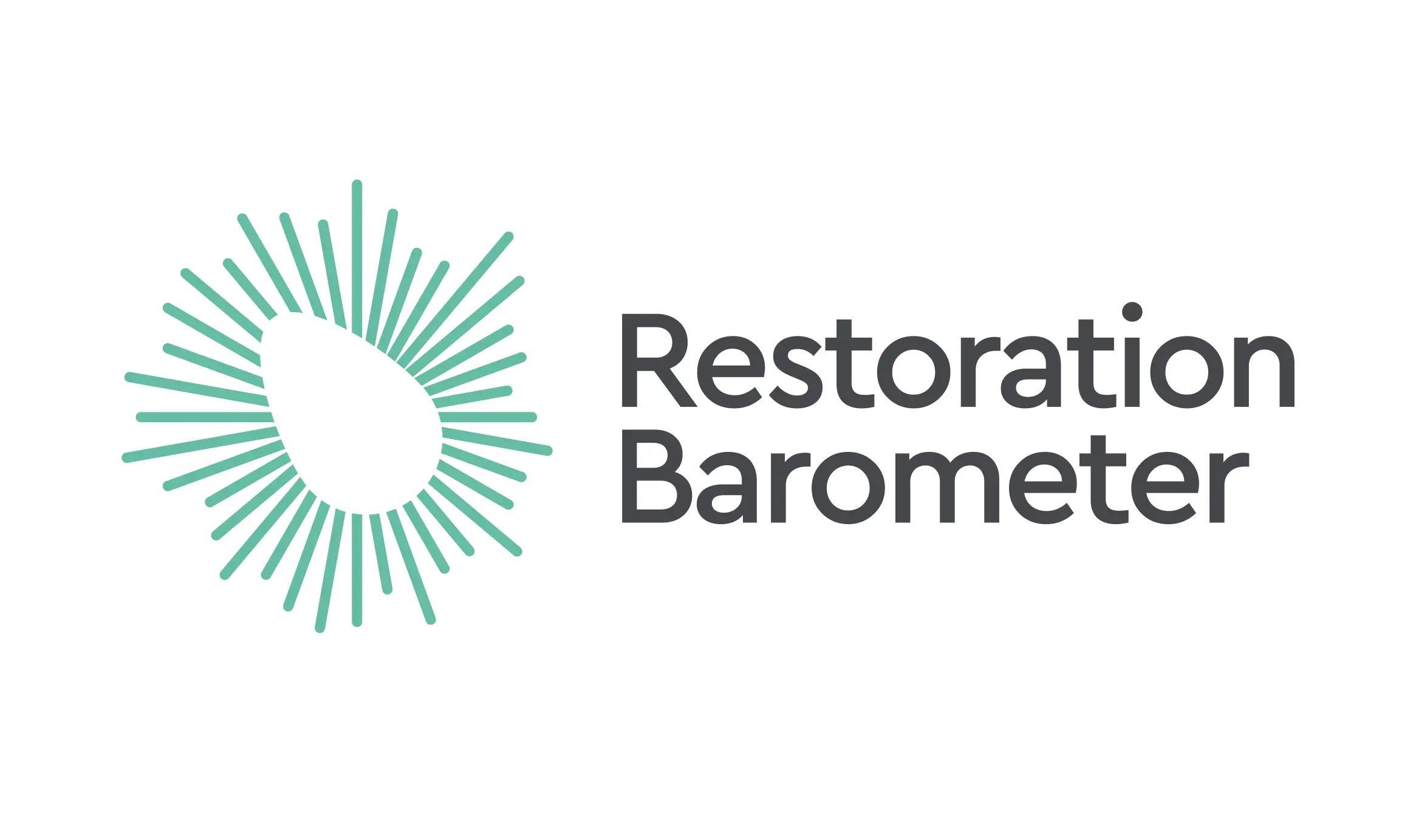Search: Resources

Jointly published | 2023
Enhancing Our Heritage Toolkit 2.0
The Enhancing Our Heritage Toolkit 2.0 offers a self-assessment methodology to evaluate management effectiveness in a World Heritage property or other heritage places.

Conservation Tool | 2023
To give structure to the plethora of IUCN tools and methodologies that can be applied in urban ecosystems, IUCN has developed the IUCN Urban Toolbox, a catalogue of knowledge products on urban biodiversity.

Conservation Tool
The Climate Change Resilience and Adaptation Planning Tool
Climate change is a major driver and pressure acting on marine biodiversity and is an increasingly critical management consideration for Marine Protected Areas (MPAs) and Other Effective Area-based Conservation Measures (OECMs).

Conservation Tool
IUCN Global Ecosystem Typology
The IUCN Global Ecosystem Typology is a comprehensive classification framework for Earth’s ecosystems that integrates their functional and compositional features. This new typology helps identify the ecosystems that are most critical for…

Conservation Tool
The IUCN Red List of Ecosystems is a tool to assess the conservation status of ecosystems. It is based on scientific criteria for performing evidence-based analyses of the risk of ecosystem collapse, including changes in geographical distribution and the degradation of the key elements of…

Conservation Tool | since 2014
PANORAMA – Solutions for a Healthy Planet
The PANORAMA platform identifies and promotes examples of tested and replicable solutions in biodiversity conservation and broader sustainability issues. By providing peer-to-peer exchange opportunities across sectors and geographies, it facilitates…


Conservation Tool
Among the most diverse places on Earth, Key Biodiversity Areas (KBAs) contribute significantly to the planet’s biodiversity and overall health. These sites have proven to be a key tool for guiding decisions on conservation and sustainable management.

Conservation Tool
Environmental Impact Classification for Alien Taxa
The Environmental Impact Classification for Alien Taxa (EICAT) is the IUCN global standard for measuring the severity of environmental impacts caused by animals, fungi and plants living outside their natural range.
Conservation Tool
A Global Register of Competences for Threatened Species Recovery Practitioners
Download the publication here: https://doi.org/10.2305/IUCN.CH.2021.09.en
Download the Excel workbook…
